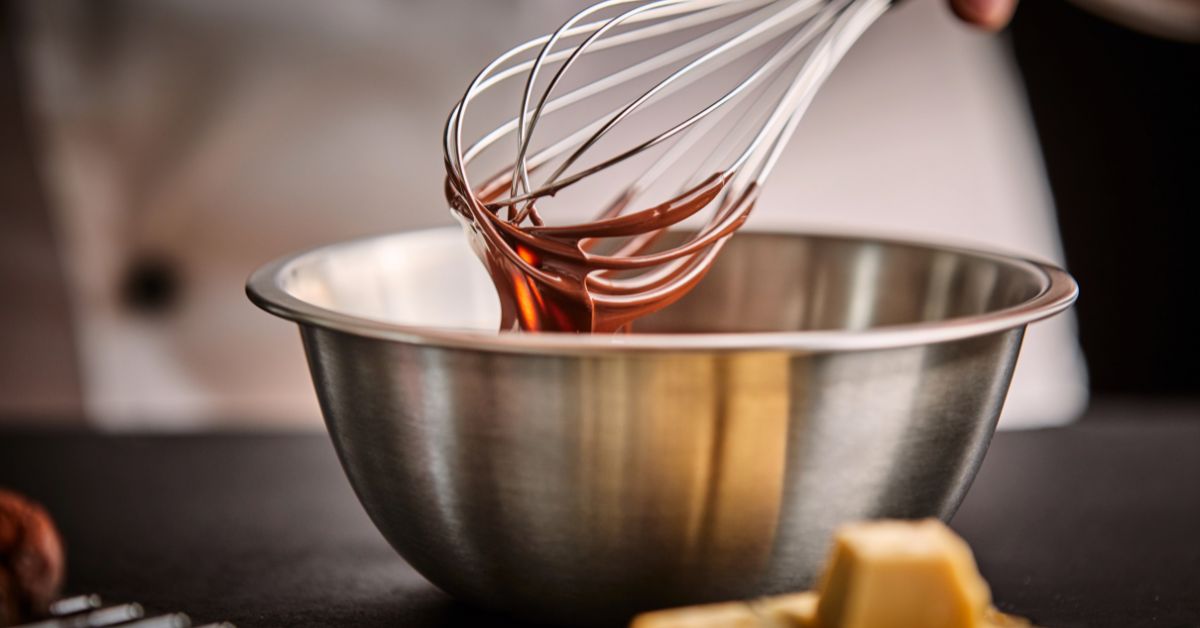4 June, 2025
[huge_it_share]
Mixing Bowls: The Best Materials To Look For

A humble yet indispensable tool in any kitchen, the mixing bowl is far more than just a container; it’s a foundation for countless culinary creations. From whisking delicate egg whites to kneading robust bread dough, the right mixing bowl can significantly impact the ease and success of your cooking endeavors. While seemingly simple, the material of your mixing bowl plays a crucial role in its performance, durability, and suitability for various tasks. Understanding the distinct properties of common materials like stainless steel, glass, ceramic, and plastic is key to selecting the best mixing bowls.
Choosing the right mixing bowl might seem simple, but your selected material can significantly impact your cooking and baking experience. Whether you’re whipping up batter, tossing a salad, or marinating your favorite dish, the bowl you use is important in efficiency and convenience. Here’s a breakdown of the best materials for mixing bowls and their pros and cons to help you make the best choice for your kitchen.
Stainless Steel
Stainless steel mixing bowls are a top choice for their exceptional durability and versatility. They’re lightweight, rust-resistant, and can handle everyday use without showing signs of wear. Another major advantage is that stainless steel is hygienic, making it a safe option for food preparation.
However, they come with a couple of drawbacks. They tend to be a bit pricier than other materials, and you won’t be able to use them in the microwave, which some home chefs might find limiting.
Glass
Glass mixing bowls hold a certain charm thanks to their practical and aesthetic appeal. They are heat-resistant, making them perfect for microwave use or preparing foods that require high temperatures. Plus, their transparency allows you to see what’s going on inside while mixing.
The downside is they are breakable, which can be inconvenient when working with heavier or thicker mixtures. They’re also heavier than other options, which might make them less appealing for tasks requiring constant handling.
Plastic
Plastic mixing bowls are popular for their affordability and lightweight nature. They’re easy to handle, great for everyday use, and won’t break the bank, which makes them a reliable choice for casual cooks.
However, plastic bowls can stain over time and may retain odors if you’re using them for strong-flavored ingredients. Not all plastic bowls are heat-resistant, so you’ll need to double-check before exposing them to high temperatures.
Ceramic
If presentation matters to you, ceramic mixing bowls are a fantastic choice. They’re visually appealing and have various designs to suit your kitchen style. Ceramic bowls also retain temperature well, which is ideal for keeping doughs or batters cool when needed.
On the flip side, ceramic bowls are fragile and can chip or crack if mishandled. They also tend to be heavier and may cost more than other options, making them less practical for some households.
Copper
Copper mixing bowls stand out for their stunning appearance and excellent temperature conductivity. Bakers particularly favor them for preparing egg whites, as they help stabilize the whipped mixture.
However, copper bowls are require more maintenance and are more expensive than the other materials but they are healthy as per ancient Indian Ayurveda. If you’re planning to invest in one, keep in mind the added upkeep they’ll need.
When choosing a mixing bowl, consider your cooking needs, preferred durability, and the amount of efforts you are ready to put for maintainance. Take your pick and elevate your culinary game with the right mixing bowl for your kitchen!
(56)
